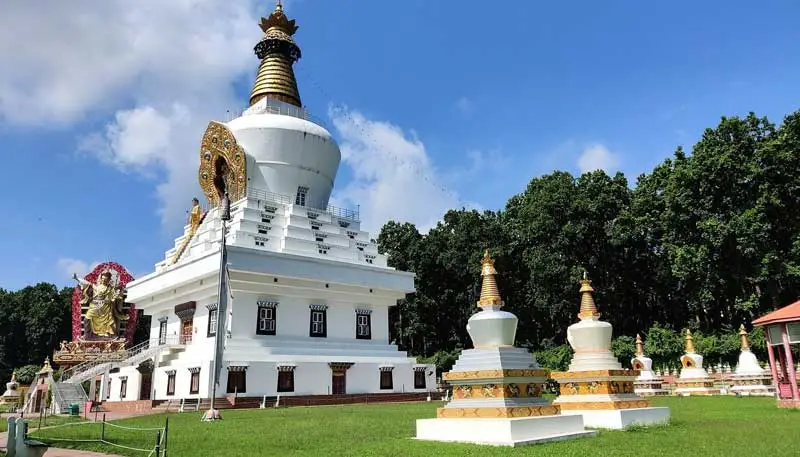Civil Defence Mock Drills: Preparing Communities for Emergencies
Civil Defence mock drills are essential preparedness exercises conducted to ensure the safety and security of communities during emergencies such as natural disasters, fires, and other unforeseen calamities. These drills simulate real-life scenarios to train individuals and organizations on effective response strategies.
Purpose of Civil Defence Mock Drills
The primary goal of these drills is to raise awareness about emergency procedures, test the efficiency of disaster response plans, and improve coordination among various civil defence teams and the public.
Types of Mock Drills
- Fire Evacuation Drills: Simulate fire outbreak scenarios to practice safe evacuation and fire-fighting techniques.
- Earthquake Drills: Prepare participants to react calmly and effectively during seismic events by practicing ‘Drop, Cover, and Hold On’ techniques.
- Flood and Cyclone Drills: Train communities on evacuation plans and safety measures during floods and cyclones.
Benefits of Conducting Mock Drills
- Enhances readiness and reduces panic during actual emergencies.
- Improves communication and teamwork among emergency responders and citizens.
- Identifies gaps in existing disaster management plans and helps in timely corrective action.
- Builds community resilience by educating people on safety measures.
Who Should Participate?
Civil Defence mock drills are designed for government officials, emergency services, schools, hospitals, industries, and local communities. Inclusive participation ensures that everyone knows their role during emergencies.
How to Prepare for a Mock Drill
- Understand the objectives and procedures of the drill beforehand.
- Ensure all participants are informed and aware of safety protocols.
- Equip teams with necessary tools like first aid kits, communication devices, and protective gear.
- Conduct a debrief session post-drill to discuss outcomes and improvements.
Summary - Importance of Civil Defence Mock Drills
| Feature | Description |
|---|---|
| Objective | Prepare for emergencies through realistic practice |
| Participants | Government bodies, emergency services, public, schools, industries |
| Key Activities | Evacuation, first aid, communication drills, safety measures |
| Benefits | Improved response, awareness, teamwork, community safety |
| Outcome | Increased preparedness and reduced risk during disasters |
Regular civil defence mock drills empower communities to act swiftly and effectively in times of crisis, ultimately saving lives and minimizing damage.



 The Taj Mahal Hotel, Dehradun
The Taj Mahal Hotel, Dehradun Four Points by Sheraton Dehradun
Four Points by Sheraton Dehradun Welcomhotel by ITC Hotels
Welcomhotel by ITC Hotels Hyatt Regency Dehradun
Hyatt Regency Dehradun Lemon Tree Hotel Dehradun
Lemon Tree Hotel Dehradun

